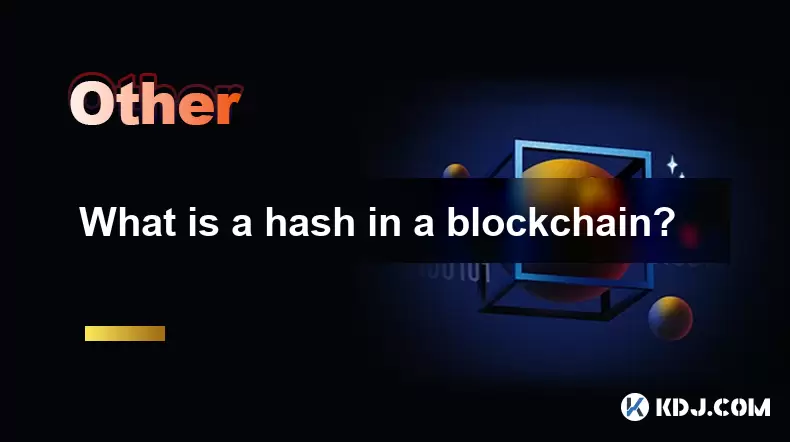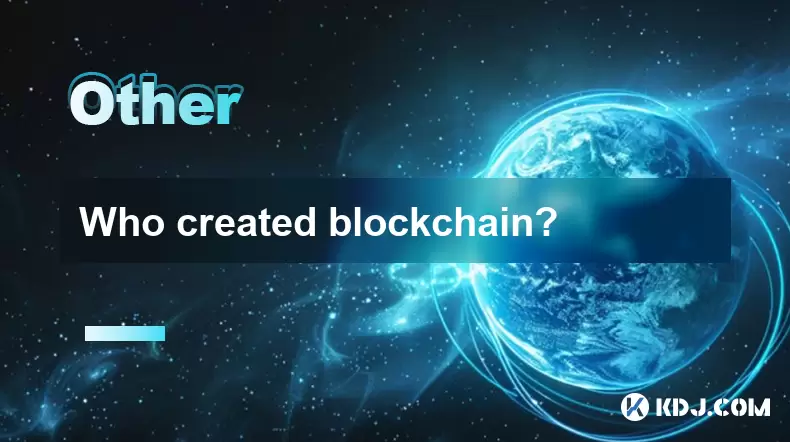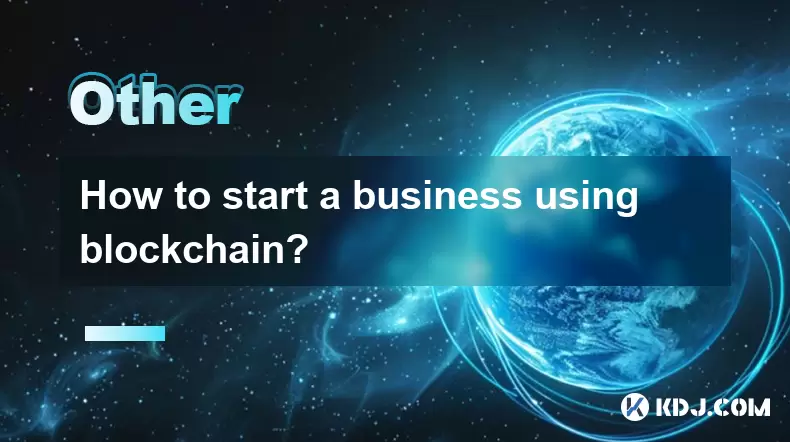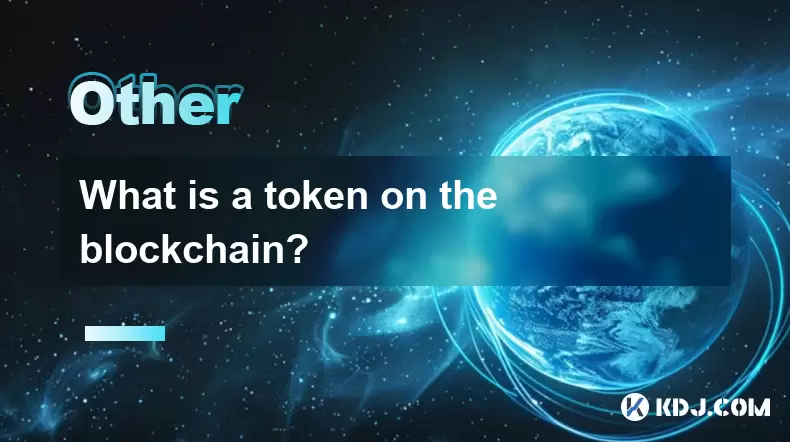-
 Bitcoin
Bitcoin $115200
-2.68% -
 Ethereum
Ethereum $3601
-5.16% -
 XRP
XRP $3.035
-2.96% -
 Tether USDt
Tether USDt $0.9997
-0.04% -
 BNB
BNB $764.5
-5.43% -
 Solana
Solana $168.1
-5.92% -
 USDC
USDC $0.9998
-0.02% -
 Dogecoin
Dogecoin $0.2090
-4.80% -
 TRON
TRON $0.3272
-0.49% -
 Cardano
Cardano $0.7306
-5.00% -
 Hyperliquid
Hyperliquid $39.16
-12.22% -
 Stellar
Stellar $0.3967
-4.96% -
 Sui
Sui $3.566
-5.95% -
 Chainlink
Chainlink $16.55
-6.57% -
 Bitcoin Cash
Bitcoin Cash $552.3
-3.90% -
 Hedera
Hedera $0.2516
-4.69% -
 Avalanche
Avalanche $21.99
-5.75% -
 Toncoin
Toncoin $3.621
-0.28% -
 Ethena USDe
Ethena USDe $1.000
-0.03% -
 UNUS SED LEO
UNUS SED LEO $8.951
0.02% -
 Litecoin
Litecoin $105.9
-3.59% -
 Shiba Inu
Shiba Inu $0.00001232
-5.00% -
 Polkadot
Polkadot $3.640
-5.55% -
 Uniswap
Uniswap $9.048
-7.03% -
 Monero
Monero $301.8
-1.51% -
 Dai
Dai $0.9999
-0.01% -
 Bitget Token
Bitget Token $4.334
-3.66% -
 Pepe
Pepe $0.00001064
-6.17% -
 Cronos
Cronos $0.1367
-5.78% -
 Aave
Aave $259.2
-4.59%
How to operate cross-chain swaps/aggregators/flash swaps? Best trading path selection
Cross-chain swaps, aggregators, and flash swaps enhance DeFi by enabling seamless asset exchanges across blockchains, optimizing trades, and exploiting arbitrage opportunities.
May 28, 2025 at 12:50 pm

Cross-chain swaps, aggregators, and flash swaps are integral components of the decentralized finance (DeFi) ecosystem, allowing users to seamlessly exchange assets across different blockchain networks. In this article, we will delve into the operational mechanics of these services and explore the best practices for selecting the most efficient trading paths.
Understanding Cross-Chain Swaps
Cross-chain swaps enable the exchange of assets between different blockchain networks without the need for intermediaries. This process involves leveraging technologies such as atomic swaps or decentralized bridges to facilitate secure and trustless transactions.
To operate a cross-chain swap, follow these steps:
- Choose a cross-chain swap platform: Select a reputable platform that supports the blockchain networks and tokens you wish to swap. Examples include Thorchain, Ren, and Anyswap.
- Connect your wallet: Use a compatible wallet like MetaMask or Trust Wallet to connect to the swap platform.
- Select the tokens to swap: Choose the source token and the destination token. Ensure that the platform supports both tokens across the respective blockchains.
- Enter the swap amount: Input the amount of the source token you want to exchange. The platform will display the estimated amount of the destination token you will receive.
- Review and confirm the transaction: Verify the swap details, including any fees and the expected output. Confirm the transaction through your wallet, ensuring you have enough funds to cover gas fees.
- Wait for confirmation: The swap will be processed across the blockchains. Once completed, the destination token will be credited to your wallet.
Utilizing Aggregators for Optimal Trading
Aggregators are tools that scan multiple decentralized exchanges (DEXs) to find the best trading routes and prices for a given swap. They enhance efficiency by splitting trades across various liquidity pools to minimize slippage and maximize returns.
To use an aggregator for trading, follow these steps:
- Select an aggregator platform: Choose a well-known aggregator such as 1inch, Matcha, or ParaSwap.
- Connect your wallet: Link your wallet to the aggregator platform.
- Input the swap details: Enter the token you want to swap from and the token you want to receive. Specify the amount you wish to swap.
- Review the proposed routes: The aggregator will display various trading routes across different DEXs, showing the estimated output and fees for each option.
- Choose the best route: Select the route that offers the most favorable terms, considering factors like price, slippage, and transaction fees.
- Confirm the transaction: Review the final details and confirm the swap through your wallet.
- Monitor the transaction: The aggregator will execute the trade across the selected DEXs, and the swapped tokens will be credited to your wallet upon completion.
Executing Flash Swaps
Flash swaps are a type of arbitrage trade that allows users to borrow assets from a liquidity pool, execute a trade, and repay the loan within a single transaction. This method is particularly useful for exploiting price discrepancies across different platforms.
To perform a flash swap, follow these steps:
- Choose a platform that supports flash swaps: Platforms like Uniswap V2 and SushiSwap offer flash swap functionality.
- Identify an arbitrage opportunity: Use tools like DEX aggregators or price trackers to find price differences between tokens on different platforms.
- Write a smart contract: Develop a smart contract that can execute the flash swap. This contract will borrow the asset, perform the trade, and repay the loan in one atomic transaction.
- Deploy the smart contract: Deploy your smart contract on the blockchain where the flash swap will occur.
- Initiate the flash swap: Call the smart contract function to initiate the flash swap. The contract will automatically handle the borrowing, trading, and repayment processes.
- Monitor the transaction: The flash swap will be processed, and if successful, the profit will be credited to your wallet.
Best Trading Path Selection
Selecting the best trading path is crucial for maximizing returns and minimizing costs. Here are key factors to consider when choosing a trading route:
- Liquidity: Higher liquidity generally results in better prices and lower slippage. Prioritize routes with deep liquidity pools.
- Slippage: Evaluate the potential slippage for each route. Lower slippage means you will receive more of the destination token.
- Fees: Consider the transaction fees and any platform-specific fees. Some routes may offer better prices but higher fees, impacting your net return.
- Speed: Faster transaction times can be advantageous, especially in volatile markets. Choose routes with quicker confirmation times when possible.
- Security: Ensure that the platforms and DEXs involved in the route are reputable and secure. Avoid routes that involve untested or risky protocols.
Practical Tips for Efficient Trading
To enhance your trading experience and optimize your outcomes, consider these practical tips:
- Use multiple tools: Combine the use of cross-chain swaps, aggregators, and flash swaps to exploit different opportunities and maximize efficiency.
- Stay informed: Keep up-to-date with market trends and token prices to identify the best times for trading.
- Test small amounts first: Before executing large trades, test the process with smaller amounts to understand the mechanics and potential outcomes.
- Monitor gas fees: Gas fees can significantly impact your net returns. Use gas fee trackers and consider timing your transactions during periods of lower network congestion.
Frequently Asked Questions
Q: Can I use cross-chain swaps to move tokens between Ethereum and Binance Smart Chain?
A: Yes, platforms like Anyswap and Ren support cross-chain swaps between Ethereum and Binance Smart Chain, allowing you to exchange tokens seamlessly between these networks.
Q: What are the risks associated with flash swaps?
A: Flash swaps carry risks such as smart contract vulnerabilities, high gas fees, and the potential for the trade to fail if the arbitrage opportunity disappears before the transaction completes.
Q: How can I minimize slippage when using aggregators?
A: To minimize slippage, use aggregators that split trades across multiple DEXs, choose routes with high liquidity, and consider trading during less volatile market conditions.
Q: Are there any tools to help me track liquidity across different DEXs?
A: Yes, tools like DEX aggregators and liquidity trackers such as DEXTools and CoinGecko provide insights into liquidity levels across various decentralized exchanges, helping you make informed trading decisions.
Disclaimer:info@kdj.com
The information provided is not trading advice. kdj.com does not assume any responsibility for any investments made based on the information provided in this article. Cryptocurrencies are highly volatile and it is highly recommended that you invest with caution after thorough research!
If you believe that the content used on this website infringes your copyright, please contact us immediately (info@kdj.com) and we will delete it promptly.
- Cardano Price, Pi Network, and Crypto Presales: What's the Buzz?
- 2025-08-02 08:50:12
- XRP Fund Success: Teucrium CEO Reveals Trillions on the Horizon
- 2025-08-02 09:10:12
- Challenge Coins: More Than Just Collectibles – A Military Tradition
- 2025-08-02 08:30:12
- Under the Radar: Hunting for 100x Crypto Gems in a Pi Network World
- 2025-08-02 08:30:12
- Bitcoin, Solana, and Altcoin Season: What's Hot and What's Not?
- 2025-08-02 07:10:12
- Toncoin, Rollblock, and the Token Offering Landscape: A New York Minute
- 2025-08-02 07:10:12
Related knowledge

What is the difference between a blockchain and a database?
Aug 01,2025 at 09:36pm
Understanding the Core Structure of a BlockchainA blockchain is a decentralized digital ledger that records data in a series of immutable blocks linke...

What is a hash in a blockchain?
Aug 02,2025 at 05:28am
Understanding the Concept of Hash in BlockchainA hash in the context of blockchain technology refers to a unique digital fingerprint generated by a cr...

What is a hash in a blockchain?
Aug 02,2025 at 04:43am
Understanding the Concept of Hash in BlockchainA hash in the context of blockchain technology refers to a unique digital fingerprint generated by a cr...

Who created blockchain?
Aug 02,2025 at 05:15am
What Is Blockchain and Why Does Its Origin Matter?Understanding who created blockchain begins with recognizing what blockchain actually is. Blockchain...

How to start a business using blockchain?
Jul 28,2025 at 12:36am
Understanding the Basics of Blockchain TechnologyBefore diving into the process of starting a business using blockchain, it's crucial to understand wh...

What is a token on the blockchain?
Jul 21,2025 at 07:00am
Understanding the Concept of a TokenIn the realm of blockchain technology, a token is a digital representation of an asset or utility that exists on a...

What is the difference between a blockchain and a database?
Aug 01,2025 at 09:36pm
Understanding the Core Structure of a BlockchainA blockchain is a decentralized digital ledger that records data in a series of immutable blocks linke...

What is a hash in a blockchain?
Aug 02,2025 at 05:28am
Understanding the Concept of Hash in BlockchainA hash in the context of blockchain technology refers to a unique digital fingerprint generated by a cr...

What is a hash in a blockchain?
Aug 02,2025 at 04:43am
Understanding the Concept of Hash in BlockchainA hash in the context of blockchain technology refers to a unique digital fingerprint generated by a cr...

Who created blockchain?
Aug 02,2025 at 05:15am
What Is Blockchain and Why Does Its Origin Matter?Understanding who created blockchain begins with recognizing what blockchain actually is. Blockchain...

How to start a business using blockchain?
Jul 28,2025 at 12:36am
Understanding the Basics of Blockchain TechnologyBefore diving into the process of starting a business using blockchain, it's crucial to understand wh...

What is a token on the blockchain?
Jul 21,2025 at 07:00am
Understanding the Concept of a TokenIn the realm of blockchain technology, a token is a digital representation of an asset or utility that exists on a...
See all articles

























































































